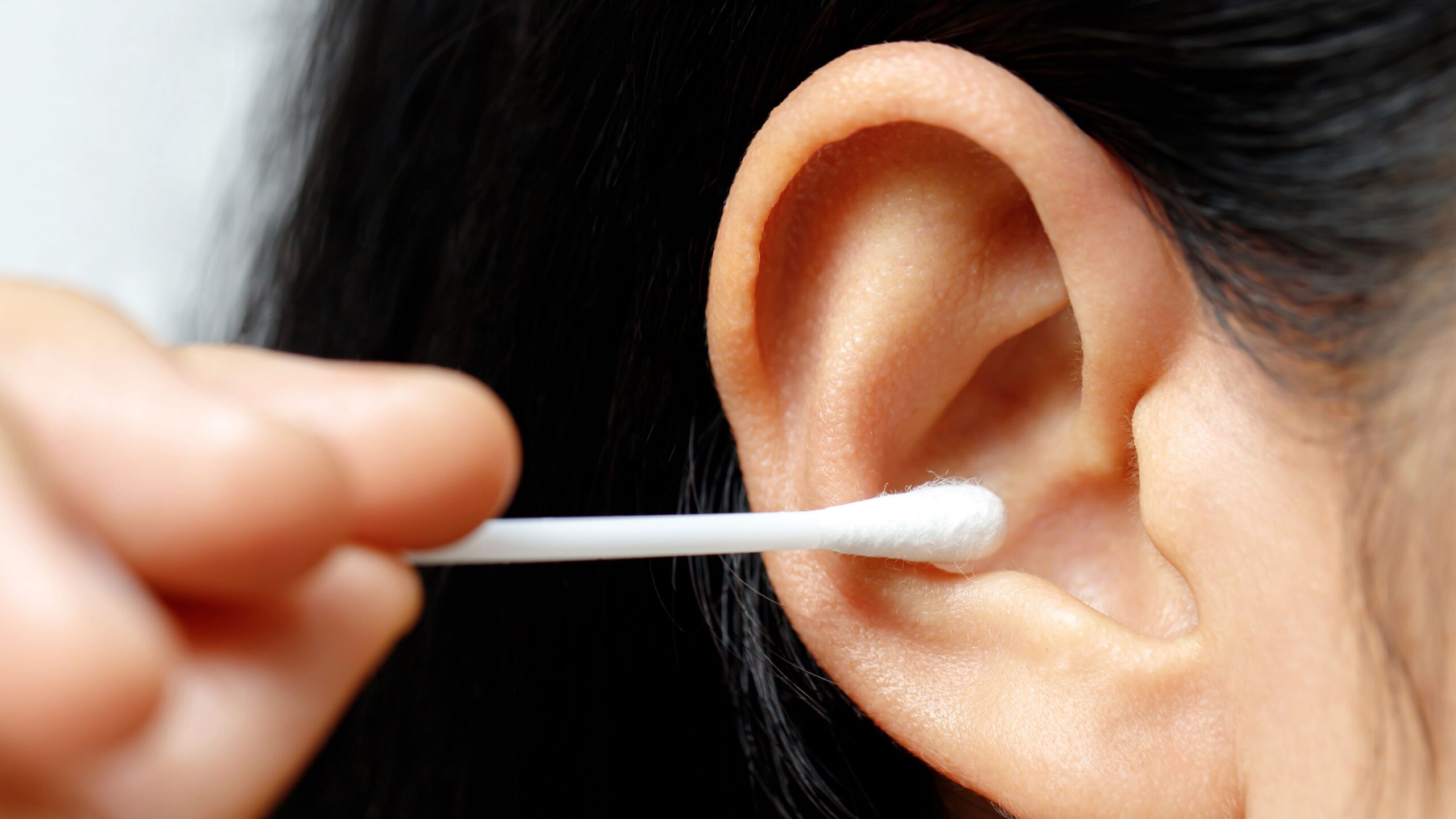What type of ear wax are in the ear?
Earwax, also known as cerumen, is a natural substance produced by glands in the ear canal to protect and clean the ear. It helps trap dirt, dust, and other foreign particles, preventing them from entering the ear and causing damage or infection. The type of earwax in your ear can vary based on factors like genetics, environmental conditions, and hygiene habits. Here are the most common types of earwax:
1. Wet Earwax
Appearance: This type of earwax is typically yellow or light brown and has a moist, sticky texture.
Common in: People of East Asian descent often have wet earwax, though it can occur in other populations as well.
Characteristics: Wet earwax is easier to remove than dry earwax because it tends to stay softer and more malleable. However, it can sometimes build up and cause blockages if not cleared regularly.
2. Dry Earwax
Appearance: This type of earwax is usually gray or light brown and has a crumbly, flaky texture.
Common in: It is more commonly found in individuals of East Asian and Native American descent.
Characteristics: Dry earwax is typically more flaky and prone to breaking into small pieces. It’s often less sticky than wet earwax, making it easier to naturally fall out of the ear canal, but in some cases, it can accumulate and cause impaction if the wax does not move out of the ear naturally.
3. Impacted Earwax
Appearance: This type can be either wet or dry earwax that has accumulated and hardened inside the ear canal, often causing a blockage. It may appear darker or more compacted.
Characteristics: Impacted earwax can lead to discomfort, hearing loss, or even an ear infection if not addressed. It can result from excessive earwax production, improper cleaning, or using cotton swabs, which can push the wax deeper into the ear.
4. Light or Pale Earwax
Appearance: Pale earwax tends to be light yellow or even translucent, and it may be softer in texture.
Characteristics: This is usually an indication of newer earwax that hasn’t yet accumulated or oxidized in the ear. It’s typically easier to remove and may naturally fall out of the ear over time.
5. Dark or Old Earwax
Appearance: Dark brown or black earwax often indicates older wax that has been in the ear for a longer period. It may be drier and more crumbly compared to fresh wax.
Characteristics: As earwax ages, it oxidizes and changes color. Dark earwax is often a sign that the wax has been in the ear canal for some time. If it’s not removed or falls out naturally, it can become impacted.


